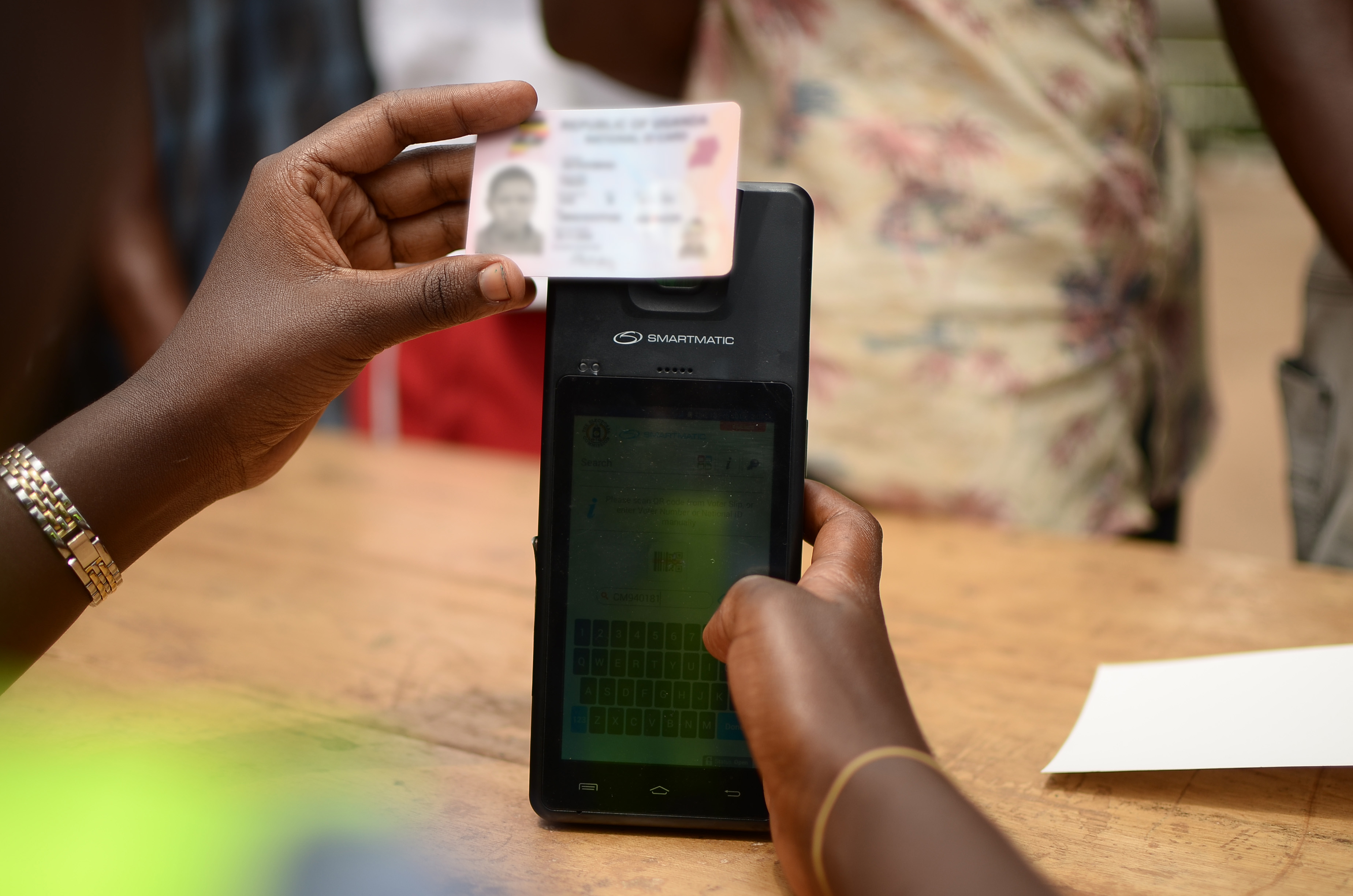Recently the International Institute for Democracy and Electoral Assistance (International IDEA) published a report on Introducing Biometric Technology in Elections.
The study provides a general guide for decision-makers and election stakeholders when considering the adoption of biometric technologies. It also offers some interesting case studies to learn and compare international experiences.
The most notable advices from the experts surround the concepts of biometrics real added value for voter registration and/or verification at polling stations on Election Day; its cost efficiency and time frame of adoption; mitigation of side effects (i.e. avoiding disenfranchisement); endorsement from stakeholders and harmonisation with country’s legal frame.
To achieve a successful and reliable project, one of the most important decision when introducing biometrics for voter registration and/or voter authentication processes, is to follow a careful and transparent step by step adoption and implementation procedure.
The chronological stages should include: assessment; feasibility studies; securing funding; reviewing legislation; doing pilot projects and mock registration exercises; procurement; distribution of equipment, installation, and testing; recruitment and training of staff; and voter information.
A biometric registry can challenge certain registration barriers. This technology, if properly customised to the country’s needs and well implemented, could offer more and better accessibility for citizens, avoid long queues and waiting times when registering and voting, add simplicity and speed to the election cycle, and making voters and EMBs feel more confident about the quality of their registry.

International IDEA argues in its report, “a credible voter register confers legitimacy on the electoral process, helps prevent electoral fraud and ensures that every eligible voter can vote in an election—and that they can do so only once.” This is a significant objective of most democratic Electoral management bodies (EMB).
Currently, biometric technology is widely used in for registration purposes, especially in Africa and Latin America. According to IDEA’s Elections Database, as of 2016, 35 per cent of over 130 surveyed EMBs were capturing biometric data as part of their voter registration process. However, only 9 per cent of the surveyed countries utilize an electronic biometric voter identification system. The technologies are already available, being tested and achieving successful results. The next step is to explore them and engage EMBs as well as all election stakeholders.
Finally, other 10 recommendations for the introduction of a reliable biometric voter registry include:
- Establish a central, national voter registration database. Create the related infrastructure for data transfer and communication.
- Plan not only for the initial establishment of the registration system, but also for maintaining and updating it in the future.
- Biometric registration kits can also be used to print tamper-resistant voter ID cards. This can be useful when many voters do not have access to other identification documents.
- It is very important to protect the privacy of the biometric data, both legally and technically. This is true of biographical data and voter personal characteristics stored in biometric systems.
- Provide information about the systems in use from inception to implementation and use.
- Put in place fall-back procedures to prevent disenfranchising voters and creating unnecessary registration barriers. Piloting, testing and fall-back options are essential.
- Introducing technologies gradually over several electoral cycles is usually safer than an immediate full-scale rollout nationwide.
- Increase information campaigns. They may be a remedy for false assumptions about biometric registration among voters based on cultural/political barriers or rumours.
- Remember biometric technology can be very efficient for reducing or eliminating multiple registration and multiple voting. It can also mitigate the risk of impersonation, identity theft, the misuse of records of deceased voters, carousel voting and ballot-box stuffing.
- Analyse global case studies and learn from their accomplishments and shortcomings. Here are some of Smartmatic’s biometric technology experiences.